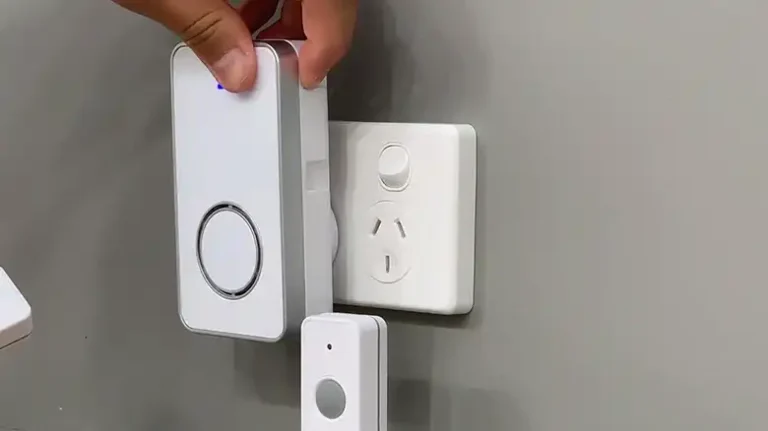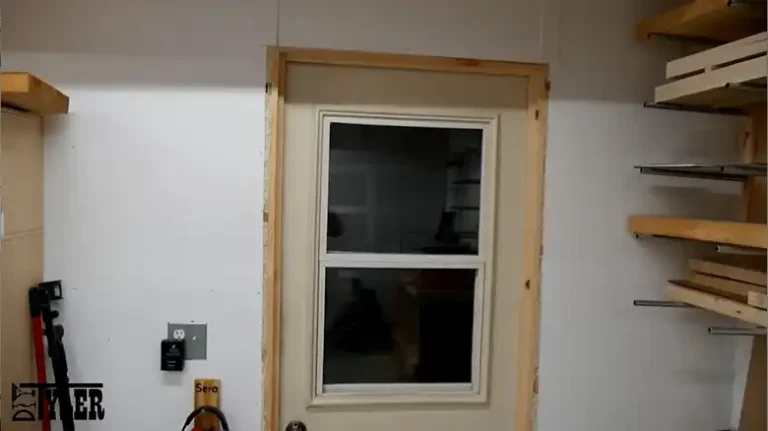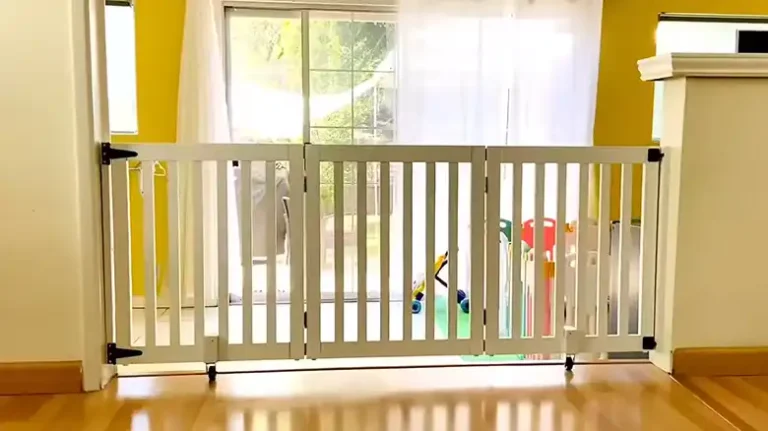Why Do Doors Need 3 Hinges? [Explained]
When it comes to door installation, you may have noticed that most doors are equipped with three hinges. Have you ever wondered why three hinges are used instead of just two?
In this article, we will delve into the reasons behind the use of three hinges on doors. We’ll explore the benefits and practical considerations that make three hinges an essential component for proper door functionality and longevity.

Why Three Hinges Is So Needed?
Doors require three hinges for several key reasons, including stability, weight distribution, durability, and overall functionality. Let’s delve deeper into each aspect:
- Enhanced Stability and Weight Distribution: One of the primary reasons for using three hinges on doors is to ensure enhanced stability and weight distribution. Doors can be heavy, especially solid wood or metal doors. By evenly distributing the weight across three hinges, it helps prevent sagging and warping over time. This ensures that the door remains aligned and operates smoothly, even with frequent use.
- Increased Durability and Longevity: The additional hinge provides extra support, which contributes to the overall durability and longevity of the door. With three hinges, the load is spread out, reducing stress on individual hinges and the door frame. This minimizes the risk of hinges loosening or breaking, extending the lifespan of both the hinges and the door itself.
- Improved Security: Having three hinges on a door enhances its security. It makes it more difficult for intruders to force open the door, as the extra hinge adds a layer of resistance. This is particularly important for exterior doors where security is a priority.
- Compliance with Building Codes and Regulations: Building codes and regulations often require the use of three hinges on doors, especially for commercial or public buildings. These regulations aim to ensure the proper safety and functionality of doors in various settings. By adhering to these codes, you can ensure your doors meet the necessary standards.
When to Use 2 or 3 Hinges on Internal Doors:
The weight of the door is indeed a crucial factor when determining the number of hinges required. As you mentioned, lighter doors like hollow core doors or standard pine 4-panel doors, which typically weigh around 15kg to 20kg, can adequately function with just two hinges.
However, as the weight increases, particularly with solid hardwood doors or fire doors, it becomes essential to consider the additional support provided by a third hinge. Solid hardwood doors can weigh 30kg or more, while standard fire doors can range from 30kg to 45kg. The extra weight places more stress on the hinges and door frame, making the use of three hinges highly advisable to ensure stability, longevity, and proper functioning of the door.
While three hinges are generally recommended for optimal performance, there are situations where two hinges may be appropriate for internal doors. Factors to consider include door size, weight, and usage frequency. Here are some scenarios to help determine when to use two or three hinges on internal doors:
- Standard Internal Doors: For most standard internal doors, such as those found in residential settings, three hinges provide the necessary stability and support. It ensures smooth operation, prevents sagging, and increases the door’s lifespan.
- Lightweight Internal Doors: In the case of lightweight internal doors, such as hollow-core or panel doors, two hinges may be sufficient. These doors are generally lighter in weight and require less support. However, it is essential to consult with professionals or follow manufacturer guidelines to determine the appropriate hinge configuration.
Door Hinge Positions for 2 and 3 Hinge Doors:
Proper hinge positioning is crucial for door stability and functionality. The positioning varies depending on whether two or three hinges are used. Here’s an overview of the hinge positions for both configurations:
- Two Hinge Doors: When using two hinges, the hinges are typically positioned at the top and bottom of the door. The top hinge is placed approximately 7-10 inches from the top edge of the door, while the bottom hinge is located 10-12 inches from the bottom edge.
- Three Hinge Doors: In the case of three hinges, the top and bottom hinges are placed similarly to the two-hinge configuration, while the third hinge is positioned at the midpoint between the top and bottom hinges. The third hinge provides additional support, preventing potential sagging or warping issues.
FAQs (Frequently Asked Questions and Answers)
Q: Can doors with lighter weight get by with just two hinges?
A: While lighter doors may be able to function with two hinges, it is still recommended to use three hinges for optimal stability and durability.
What types of hinges are commonly used on doors?
The most commonly used hinges for doors are butt hinges, which provide stability and smooth operation.
Can I add a third hinge to an existing door?
It is possible to add a third hinge to an existing door, but it’s important to ensure proper alignment and positioning for optimal functionality.
Are there any exceptions to the use of three hinges on doors?
In some special cases, such as very small or lightweight doors, two hinges may be sufficient. However, it is always best to consult with professionals to determine the appropriate hinge configuration.
Do all doors need three hinges?
While three hinges are the standard for most doors, there may be exceptions depending on factors such as door size, weight, and building regulations. Consulting with experts can help determine the specific requirements for your door.
Conclusion
The use of three hinges on doors is not just a random choice but a well-considered design principle. By providing enhanced stability, weight distribution, durability, security, and compliance with building codes, three hinges play a vital role in maintaining the functionality and longevity of doors. So, the next time you see a door with three hinges, you’ll have a better understanding of the reasons behind this design choice.
Remember, when installing or replacing doors, it’s important to follow manufacturer guidelines and consult with professionals to ensure proper hinge selection and installation. By doing so, you can enjoy the benefits of a well-supported and secure door that will stand the test of time.
![[Explained] What Router Bit for Door Hinges?](https://doorsuggest.com/wp-content/uploads/2023/10/What-Router-Bit-for-Door-Hinges-768x431.webp)




![[Explained] Do You Need a Steel Beam for Sliding Doors?](https://doorsuggest.com/wp-content/uploads/2023/09/Do-You-Need-a-Steel-Beam-for-Sliding-Doors-768x431.webp)